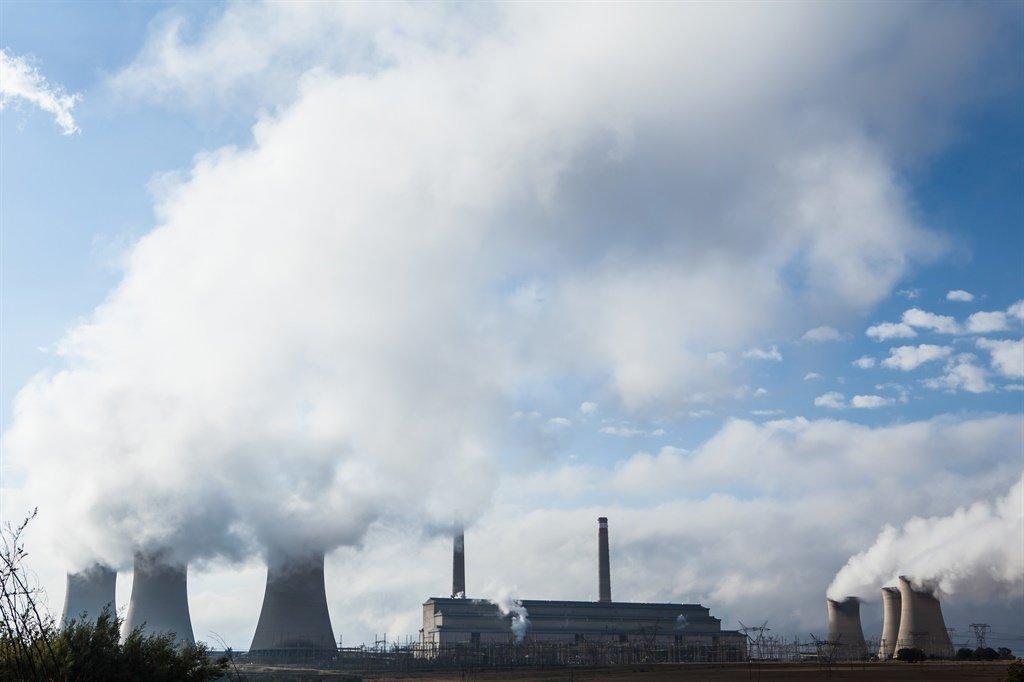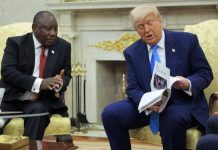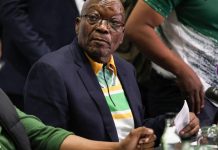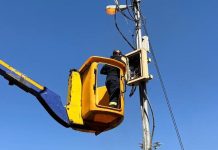Africa-Press – South-Africa. South Africa has made progress in its policy reforms to unlock private investment in the energy sector, but Eskom’s solvency and the expansion of the transmission network are among the outstanding matters that need to be addressed, noted a representative of the US Treasury Department.
John Morton, climate counsellor for the US Department of Treasury on Tuesday at the Enlit Africa conference, shared more details on his country’s commitments to support South Africa’s transition to a low carbon economy. His remarks were shared in a pre-recorded video at the conference, which is a gathering of Africa’s energy industry players.
The US, along with Germany, France, the EU and UK, last year at COP26 committed to mobilising $8.5 billion (~R130 billion) in the next three to five years to support South Africa’s efforts to decarbonise. The funding is targeted at the energy sector and the development of the hydrogen economy and the electric vehicle industry.
Previously Daniel Mminele, head of the Presidential Climate Finance Task Force, said that the international partners are awaiting South Africa’s investment plans to understand where and how the money will flow.
This was echoed by Morton, who described the investment plan as the “North Star” of the partnership. The investment plan is based on the South African government’s guidance, Morton explained.
From the US side, the country plans to support South Africa with a combination of loans, equity investments and grant funding. The grant funding is particularly geared at technical assistance, feasibility studies and pilot projects.
Germany’s Consul General Tanja Werheit, highlighted that the country’s contribution is $800 million. It comprises grants – which make up 20% of the contribution – and the rest is loans.
No new coal
While the partners acknowledge the funding must support South Africa’s development objectives, Morton said that the US would be “concerned” about “public steps” that suggest new coal has any place in South Africa’s energy mix. New coal projects would be inconsistent with South Africa’s revised emissions reduction targets or the Nationally Determined Contribution, as well as with the intentions of the partnership – which seeks to accelerate the transition from coal and move towards a cleaner, greener future, Morton said.
Morton noted the country’s energy security challenges but added that renewables could play a big role in addressing this.
“We are sympathetic to SA energy security needs and see expansion of renewables as the most promising and economical path forward and will provide energy security from South Africa’s own energy resources.”
UK weighs R16bn guarantee for SA shift from coal
Morton also highlighted the importance of private sector funding to support the transition, as the cost – running into billions – cannot be carried alone by a single country or the public budgets of the international partners.
He acknowledged the progress South Africa has made to attract private investment in the electricity sector. Morton said that the licensing threshold for generation projects being lifted from 1MW to 100MW is among the key policy reforms that signal that the South African government is serious about reforming the energy sector. Another critical factor is the unbundling of Eskom.
But there are still some “important” policy reforms to be addressed to unlock further private investment. This includes Eskom’s solvency, building necessary transmission networks to support large renewable expansions, and a “holistic strategy” to support affected communities – such as workers in the coal industry and related communities, Morton said.
‘Floodgates’ of investment
Addressing policy reforms, Eskom CEO André de Ruyter noted that the “major constraint” to rolling out new generation capacity is grid access.
“…Grid access is the single biggest constraint we face in rapidly connecting new generation capacity to deal with the shortfall we face,” De Ruyter said.
Part of the $8.5 billion funding will support the rollout of the grid to connect new renewable energy projects and move that power to where it is needed. Between 8 000km and 10 000km of new transmission lines are required and it will take about 10 years to build, he explained. It will cost about R131 billion to expand the transmission network, he added.
De Ruyter said there was an opportunity to repurpose old coal-fired power stations in Mpumalanga, which already had grid access. This can create employment opportunities and economic development in the country’s coal belt.
Eskom has to build a ‘record’ amount of transmission lines to keep lights on
De Ruyter said that the private sector had been waiting with “bated breath” for opportunities to come and invest in the energy sector. What is needed is an “enabling regulatory dispensation” to support that investment, De Ruyter explained.
Asked what else is required to shift in the regulatory space, De Ruyter said that the unbundling of the transmission business must be completed as quickly as possible so that an Independent System and Market Operator (ISMO) can be set up. “We want to operationalise it and we need a transmission licence to do so,” De Ruyter said.
He expects an ISMO to be established by September this year. Although a tight deadline, De Ruyter said once it is achieved, the “floodgates” in terms of investment will open. The ISMO would facilitate the trading of electricity.
Noting Eskom’s debt, which is around R400 billion, De Ruyter said that it is not only the utility’s balance sheet that is under pressure, but also national government’s. The unbundling is critical in liberalising the trade of electricity and drawing in private funding to the sector.
“… We anticipate, as we have seen in 106 countries across the world, there will be rapid rollout of new generation capacity funded by the private sector,” said De Ruyter. This means the country’s energy sector would not only have to rely on investments from grant funding, climate funding or even taxpayer money, he added.
For More News And Analysis About South-Africa Follow Africa-Press






